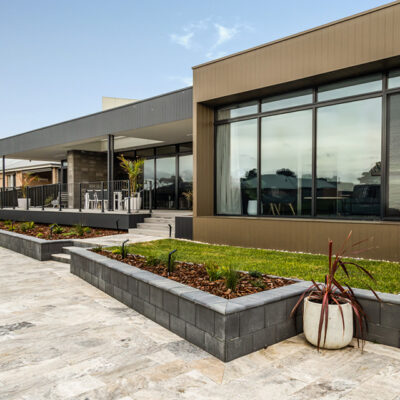
Retaining Walls | Concrete Sleepers

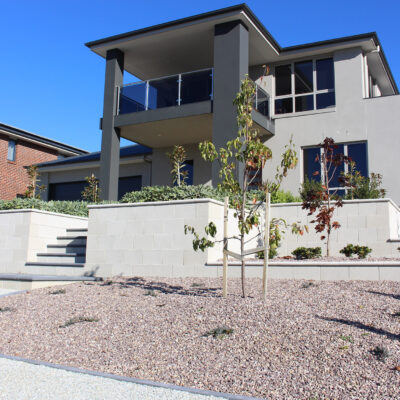
Complete guide to DIY Retaining Walls
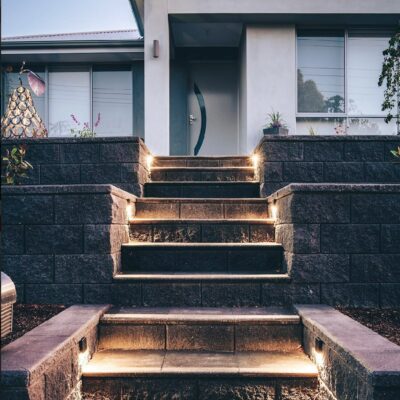
Complete Guide to DIY Steps
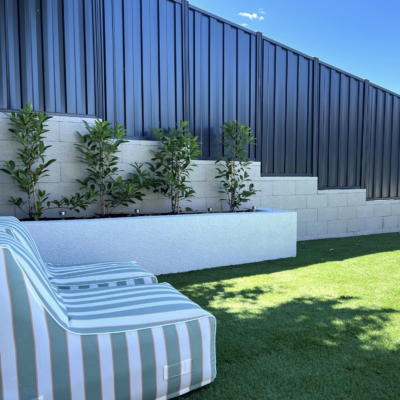
About Different Block Sizes – Garden and Retaining Walls
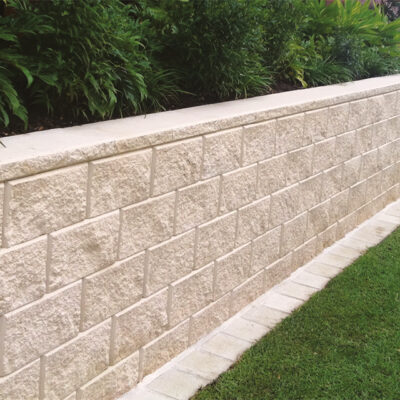
How to choose my retaining wall
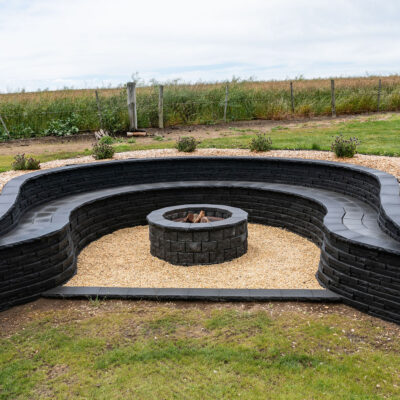
Retain and entertain with retaining wall blocks
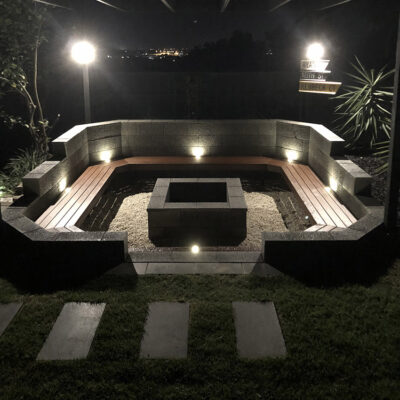
Fire Pit Installation – Your Complete Guide
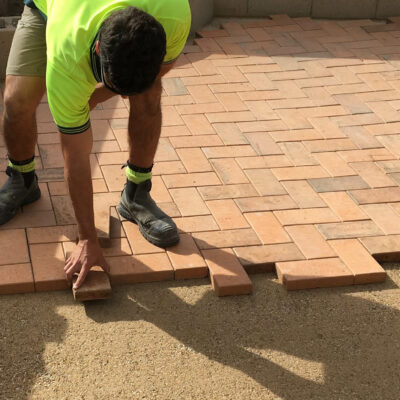
DIY Resources For Projects Around Your Home
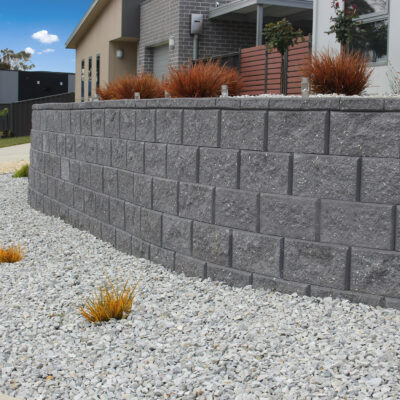
Step Into Walling
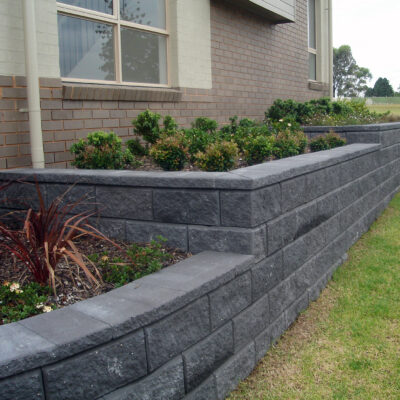
How much does a retaining wall cost in September 2023?
APC Has you covered for Retaining Walls | Concrete Sleepers in Adelaide
At Australian Paving Centre we have a wide range of products and materials for all your DIY Retaining Walls projects. Retaining walls are the perfect solution for not only retaining soil, but also as a feature in your property to improve outdoor areas, aesthetics and practicality.
Before you start digging, spend some time planning your project first. The secret to any project is always a good and structured plan. Depending on the function of your wall, the design will require the right product plus blend of creativity and resourcefulness. A visit to your local Australian Paving Centre display will allow you to create a beautifully landscaped garden and find a solution to your site, understand the importance of drainage and potential retaining wall problems.
At APC, we can show you ways to maximise the space you have available on your land, recommend the right product for your retaining wall project, and expand your living area by creating different levels and areas. APC will help you every step of the way to your finished project. Our product knowledge will help you choose the right product, matching capping and help you choose the right texture, shape, and colour.
So if you are planning to create your retaining walls but not sure where to start, read through our articles for insights and information. Or visit your local APC and view our huge range of retaining wall blocks, concrete sleepers and garden walls.